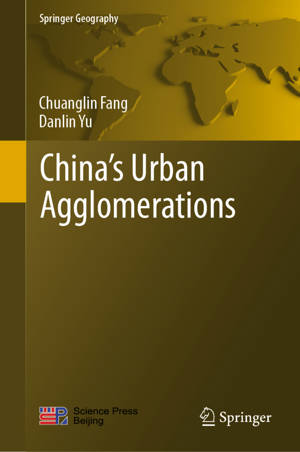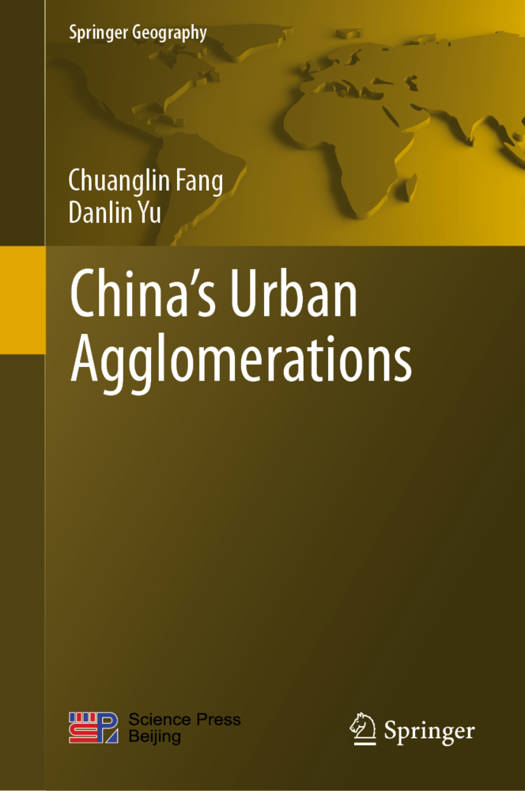
- Retrait gratuit dans votre magasin Club
- 7.000.000 titres dans notre catalogue
- Payer en toute sécurité
- Toujours un magasin près de chez vous
- Retrait gratuit dans votre magasin Club
- 7.000.000 titres dans notre catalogue
- Payer en toute sécurité
- Toujours un magasin près de chez vous
Description
The book combs through extensively 32,231 urban agglomeration related works during the past 120 years to explore a theoretically supported and practically based definition of urban agglomeration. Based on the definition, the authors explore intensively the fundamental characteristics, spatiotemporal differentiation properties, and existing issues for China's sustainable urban agglomeration development for the past 35 years. The study proposes that China shall focus on the construction and sustainable development of five primary national-level urban agglomerations. In the meantime, China shall also steadily and gradually construct 9 regional urban agglomerations and guide the development and growth of 6 local urban agglomerations. In the long run, China will have a hierarchical "5+9+6" closely integrated hierarchical urban agglomeration spatial structure. The study also proposes to coordinate the construction and development of urban agglomerations on the "two belts and one road" to form a national new urbanization development strategic pattern that enables "the axis to connect the agglomerations while the agglomerations support the axis." Furthermore, the study investigates a variety of strategic thinking and suggestions for creating innovative, green and ecologically friendly, intelligent, low-carbon, open, culture-oriented, market-oriented and shared urban agglomerations in China.
This book will be a comprehensive reference both for scholars and decision-makers engaged in urban development and planning and environmental protection departments. It can also serve as textbook for graduate students of relevant fields.
Spécifications
Parties prenantes
- Auteur(s) :
- Editeur:
Contenu
- Nombre de pages :
- 265
- Langue:
- Anglais
- Collection :
Caractéristiques
- EAN:
- 9789811515507
- Date de parution :
- 30-01-20
- Format:
- Livre relié
- Format numérique:
- Genaaid
- Dimensions :
- 156 mm x 234 mm
- Poids :
- 580 g







